Sam Brockway is a 500px Ambassador and an Exclusive Licensing Contributor. He specializes in travel and outdoor photography, featuring his travels throughout western America.
Q: You shoot a lot of outdoor, wanderlust/lifestyle content. Why do you gravitate toward this genre?
A: I came to photography by way of my love of travel and the outdoors, which began at a very young age. After seeing talented photographers’ work of places that I had been, I not only became enamored with how to capture travel in such an impactful way, but I also began to see the places that I would travel to differently. In short, whether or not a camera ever found its way into my hand, my life would still be filled with the imagery filling my feed; I just wouldn’t have a record of it.
As outdoor travel was my gateway to developing a passion for photography, my motivations with a camera are to try to capture the fleeting emotions that the outdoors inspire for me, whether it be solitude, wonder, catharsis, or even just happiness.
Q: Are there any commercial trends that you have noticed recently that you try to apply to your work when shooting?
A: I am sure that there are a ton of trends that have influenced my commercial work that I am not entirely conscious of.
I try to take a little motivation from everything, whether that be food photography, modern art, or even ads in Backpacker magazine—there are always ideas that I have never thought of that could apply to my work.
I don’t know if this qualifies as a “trend,” but when shooting for commercial licensing (whether for a client or to sell as stock), I intentionally make time to take some close up, detail, and candid photos. The authenticity of the emotions from candid moments translates well to commercial photography, along with simple images of the textures, colors, or products (if it is a product shoot) that helps to set the scene.
Q: Do you ever compose your shots with commercial intent? If so, how?
A: Yes, though it depends on the commercial purpose as to what that looks like. If I am contracted to do editorial tourism photos, then sweeping views composed with open space in the photo for branding/wording is desirable. If I am shooting products/apparel, then compositions tend to be tighter, with a limited ability to give a sense of scale or scene. Finally, I use a few different strategies when composing photos for stock commercial licensing.
I believe that it is effective to diversify your compositions and subjects for commercial licensing, as you never know exactly what a potential buyer could be looking for. My natural inclination is to shoot landscapes without people, as it conveys a pristine feel that I am personally drawn to. However, commercial photography is often contingent upon a viewer being able to place themselves into a scene. One technique for this is to photograph a subject with their back to the camera, which not only provides a sense of scale but also so a viewer can imagine themselves in that moment. Remember to maintain open space somewhere in the composition for any branding or writing that the buyer could possibly want to use.
Q: Your Licensing collection boasts a whopping 600+ images in the 500px Licensing collection, and you are adding new content every week. What keeps you motivated to keep growing your Licensing collection here on 500px?
A: Whew! That many?!
I love posting to the 500px community, and it is so effortless to make Licensing a seamless part of the posting process. My motivation to grow my Licensing collection mostly comes from wanting to grow my portfolio through my 500px page, and so long as I have not already sold an image and do not plan to, then there is no reason not to submit it for Licensing.
Q: What are some of the most important lessons you’ve learned from Licensing your content?
A: There are two:
1. Pay extremely close attention to your editing and export settings.
2. It is not always the images that you expect to sell that sell.
To elaborate on the first point, I have given the 500px Licensing curators a lot of trouble over the years by exporting my images at too small of a file size, missing a logo or model release, or submitting a photo with color banding from an edit. You should pay close attention to these things anyway, but they are especially important if you hope to license your images.
As for the second lesson, many of my best-selling photos are far from my favorite photos. That is why it is important to diversify your shooting—you may be surprised at what sells.
Q: From model release apps to editing software, what are some of the most essential tools you use to ensure a successful commercial shoot?
A: If you are shooting anything that you hope to license, it is absolutely imperative that you have a model release on you for the shoot. I use the 500px model release form.
I do all of my editing in Adobe Lightroom and Photoshop. It is also important when you are on-site to have a vision for your edit while shooting, so you can ensure your settings match your vision (e.g., shooting a bit underexposed for a moody edit). For more conceptual shooters, plan out any props that you may want for your shoot beforehand.
Finally, this seems like as good of a place as any to mention wardrobe. Even if you are not a fashionista (I’m not), it is important to be intentional with your model’s wardrobe. For outdoor photos, subdued and earthy tones often compliment a scene, while bold contrasting colors can be more exciting. Either way, busy wardrobes with graphics and logos detract from the feel of the photo in an otherwise serene environment.
Q: Most of your Licensable content on 500px is Exclusive, why do you choose to License this content exclusively through 500px?
A: If I am only selling the photo through 500px, I want to increase my chances of a sale as much as possible. Selling exclusively through 500px for those images awards me that opportunity.
Q: You’ve had a number of sales on 500px, your most recent being these three images below. Could you tell us a little bit about each of the images and why you think they were commercially successful?
A: The obvious connection that all of these photos have with each other is that they prominently feature a certain golden retriever, named Poppy. That being said, they are all very different photos in concept, composition, and commercial appeal.
1. unload: This is the perfect example of a photo that I licensed without really expecting it to sell. This is a more candid frame captured in passing. It was a truly wonderful moment of stopping on the central California coast to wander along the beach (at a beach I learned to surf on when I was 13). We had not been to this area in years, and it was our first time going with our pup, Poppy. It was taken on my old Canon T3i, and is, in some ways, just a photo of a parking lot. However, I still get that feeling of racing out of the car at a place you are thrilled to have finally arrived at in this photo. I think that is what could attract a buyer.
2. calm on the beach: This photo would fall into more of a “posed” category both in terms of composition, and the positions that Megan and Poppy are in. If you look at my advice for composing for commercially licensed photos, this one checks most of the boxes. Megan’s hair is covering her face, making the photo anonymous, and the cloudy sky and dark sand offer a lot of open space for branding or wording. The connection with Poppy creates a sense of solitude in a comforting way. Walking along an endless beach with your dog, what could be simpler? What could be better?
3. winter warmth: This final photo lies somewhere in between posed and candid. Though the image is arranged with great intent, there is no real posing happening with Poppy or me. The large scale of the winter scene helps create an icy solitude, where the only warmth is coming from the glow of the fire and from each other. The scene is intentionally not anonymous, as I wanted to highlight the bond between Poppy and me, and it is meant to give the feeling that whether or not there was a camera, I would be sitting around a campfire with my pooch. One aspect of the photo that lends itself to commercial use is the use of the complementary colors blue and orange. If you quickly glance at the photo, the colors immediately fit nicely together.
Q: What has been your favorite experience within Licensing to date?
A: It would have to be my first sale in September of 2016 (poser)! I had been submitting photos for Licensing without really understanding what that meant. Meanwhile, I was slowly starting to gain traction with freelance photography contracts. Once I was notified that I had actually sold an image through 500px, there was a sense of full-circle validation that people were actually interested in my photographs and not just mindlessly “liking” them on social media. It made photography seem like a possible career path for the first time.
Q: If you had any advice for someone considering Licensing their content for the first time, what would you say?
A: This is going to sound like it conflicts with my advice above, but find your photographic field and specialize in it.
When I suggest that you diversify the photos you take, I mean that you should submit close-ups, wide-angles, candid shots, posed shots, and anything you can think of—within your brand. What I mean by that is, though I post photos with great ranges of compositions, they all fall within the “brand” of outdoor travel that I have built with respect to the content and style that I shoot.
I love taking photos around the house, of food, in-studio, and of many other subjects than what is featured on my 500px page, but trying to license those would be difficult because I am not as good at those types of photography as the people who really specialize in them.
To sell a lot of photos through Licensing, client work, or any other means, it is a good idea to get really good at one genre of photography before branching out on the types of photos that you sell. There is a difference between experimenting with a lot of styles of photography, and in trying to sell many styles of photography. Experimentation is a fantastic thing, while too many unrefined styles of photography in your portfolio are merely confusing to your brand.
Not on 500px yet? Sign up here to explore more impactful photography.

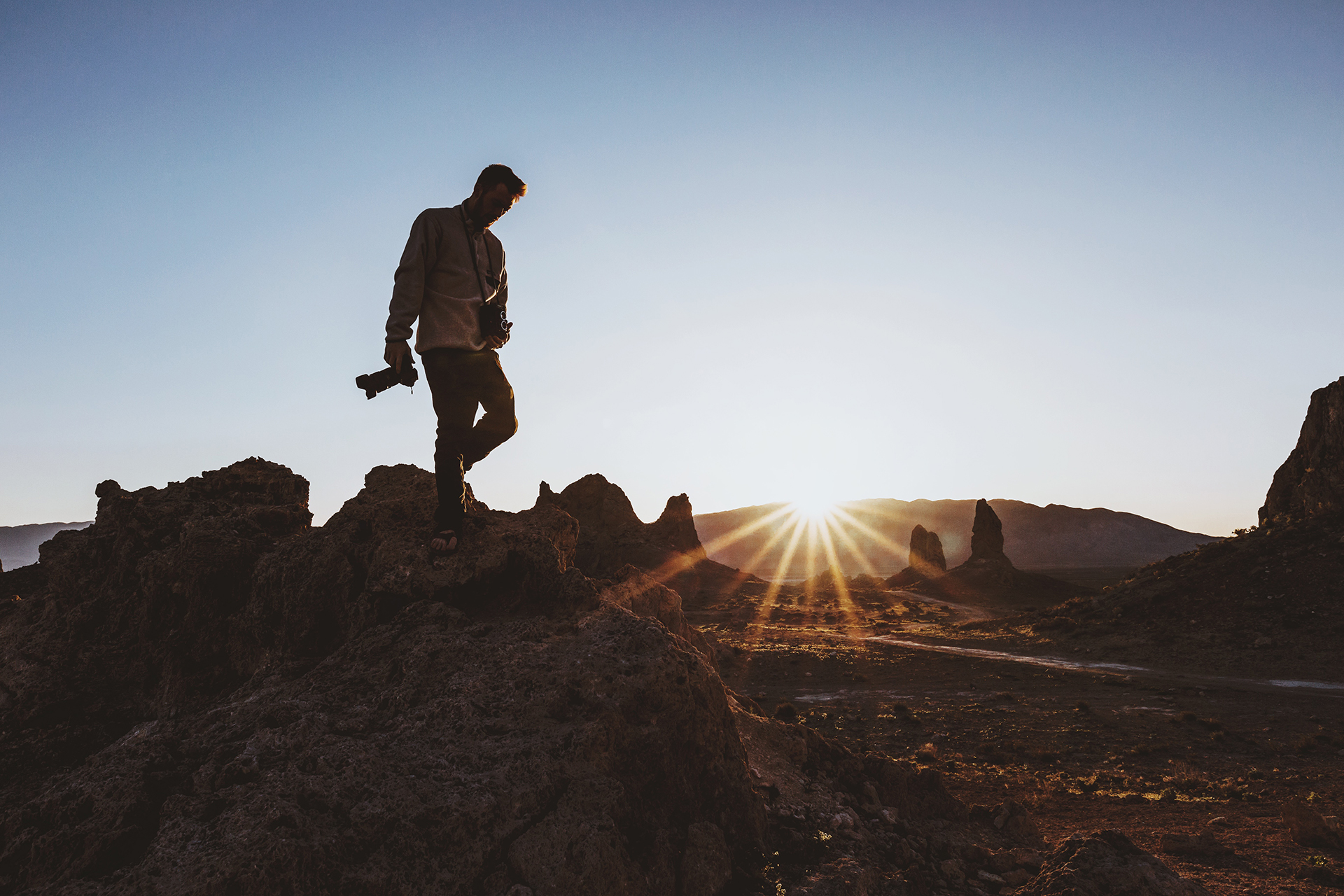

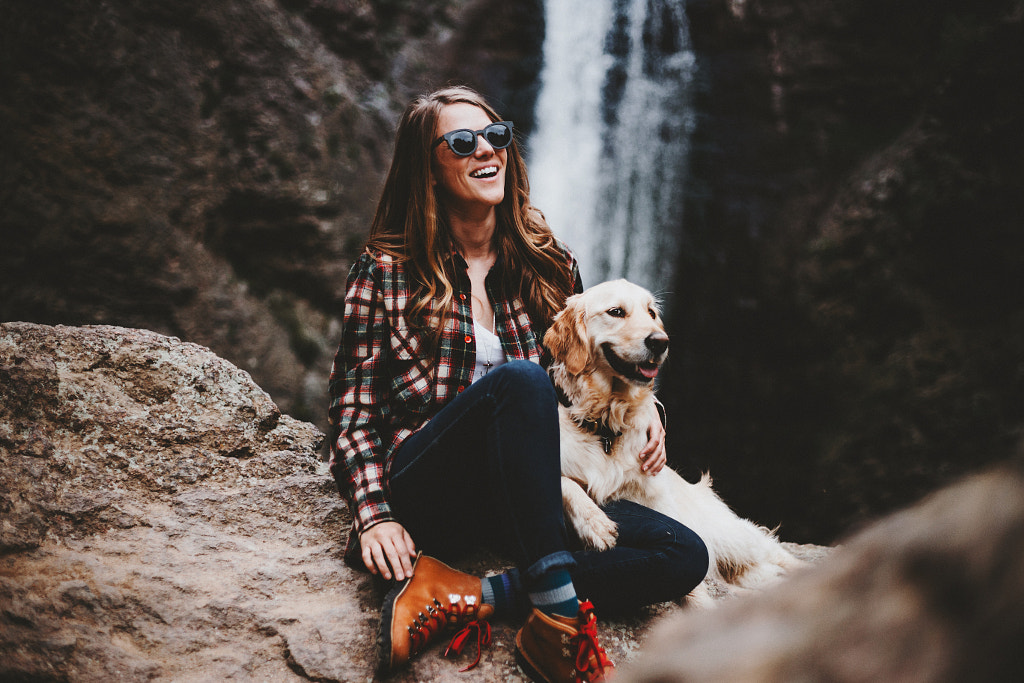
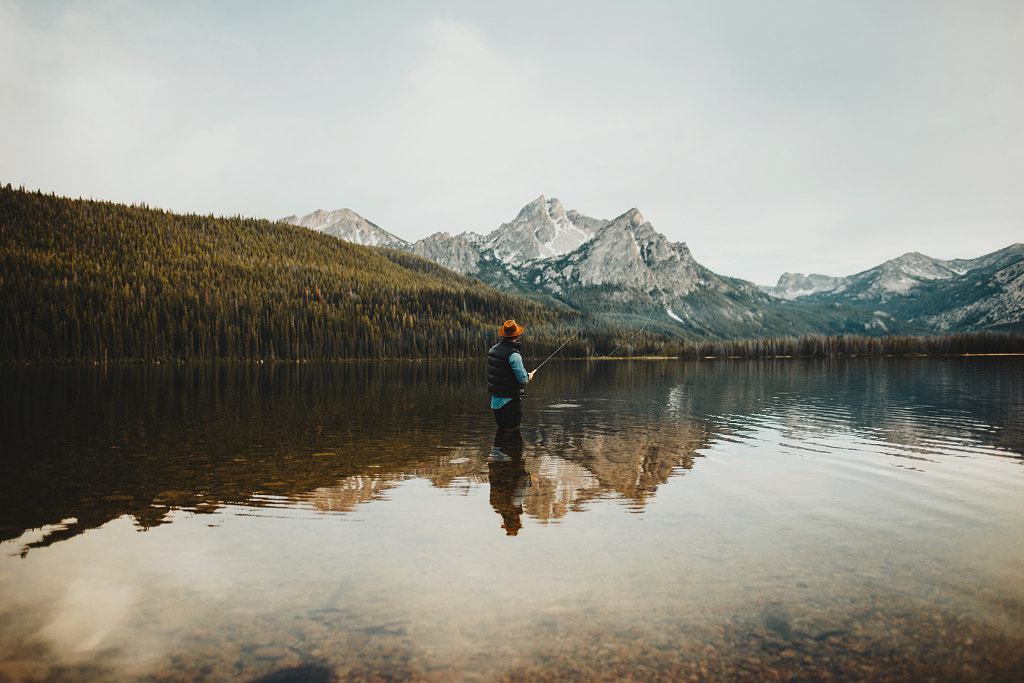
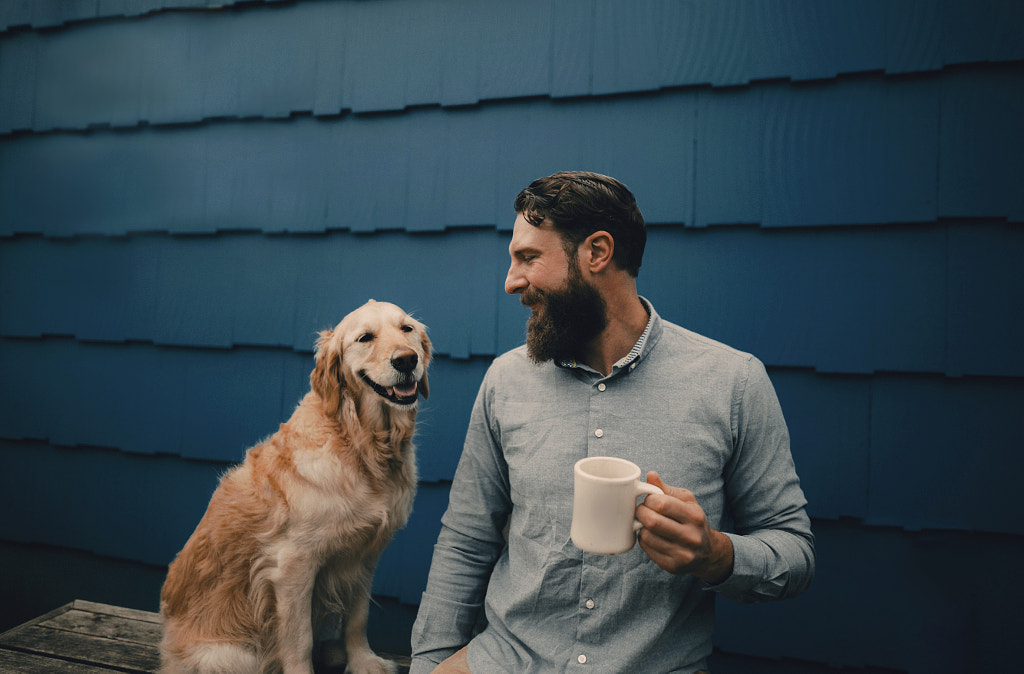
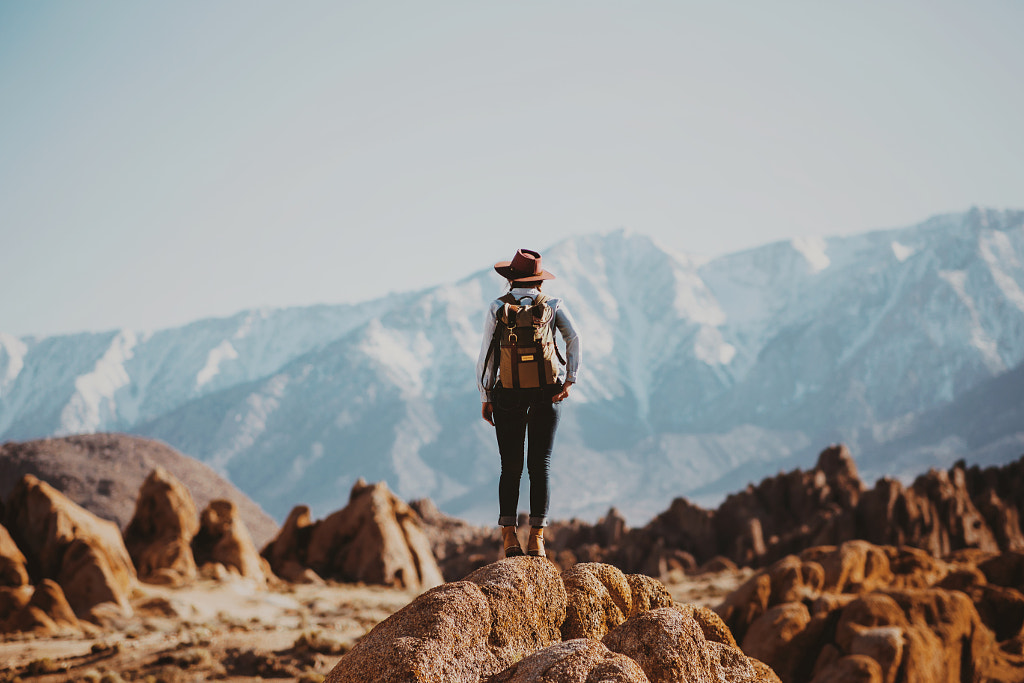
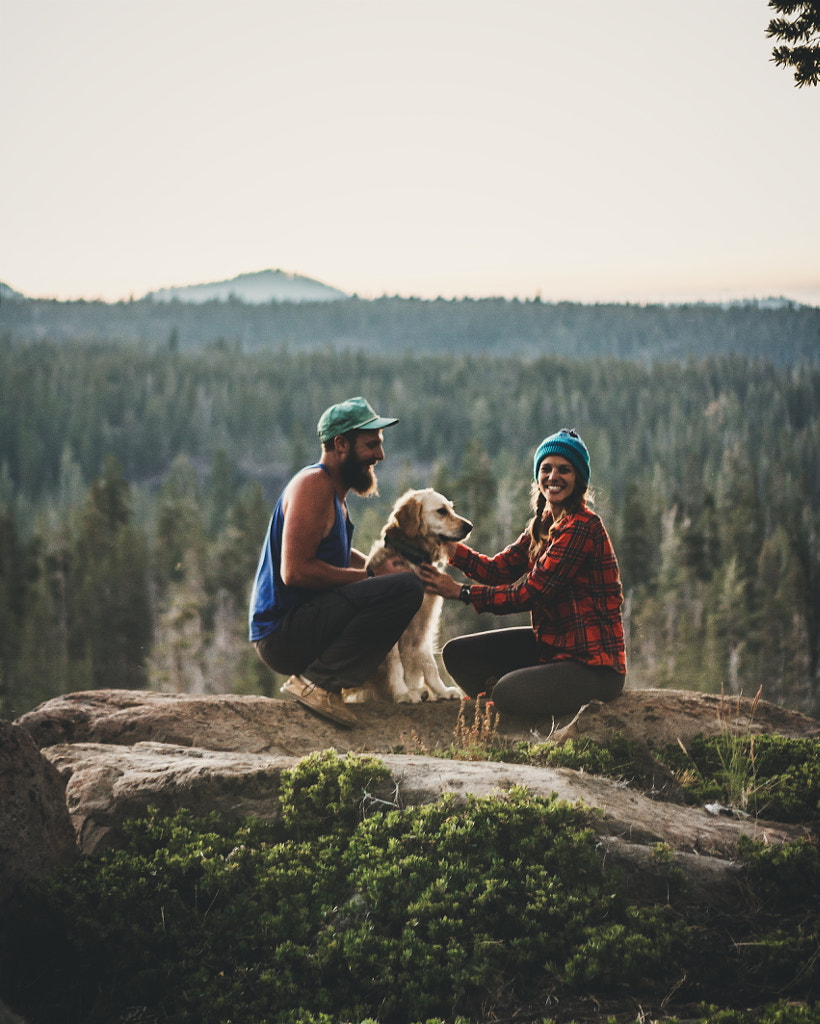
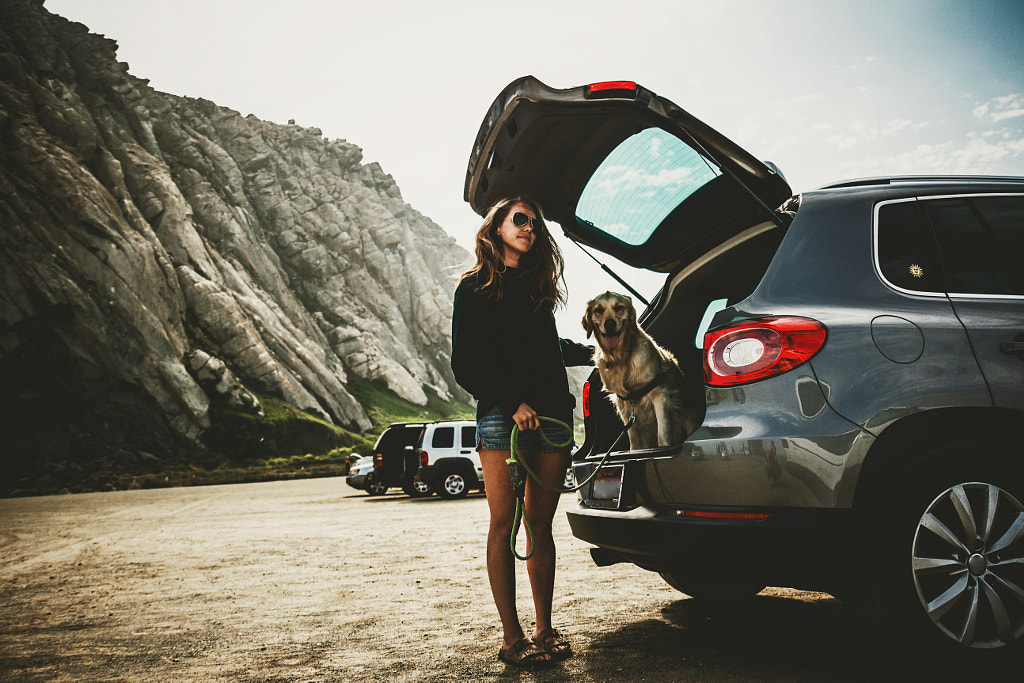

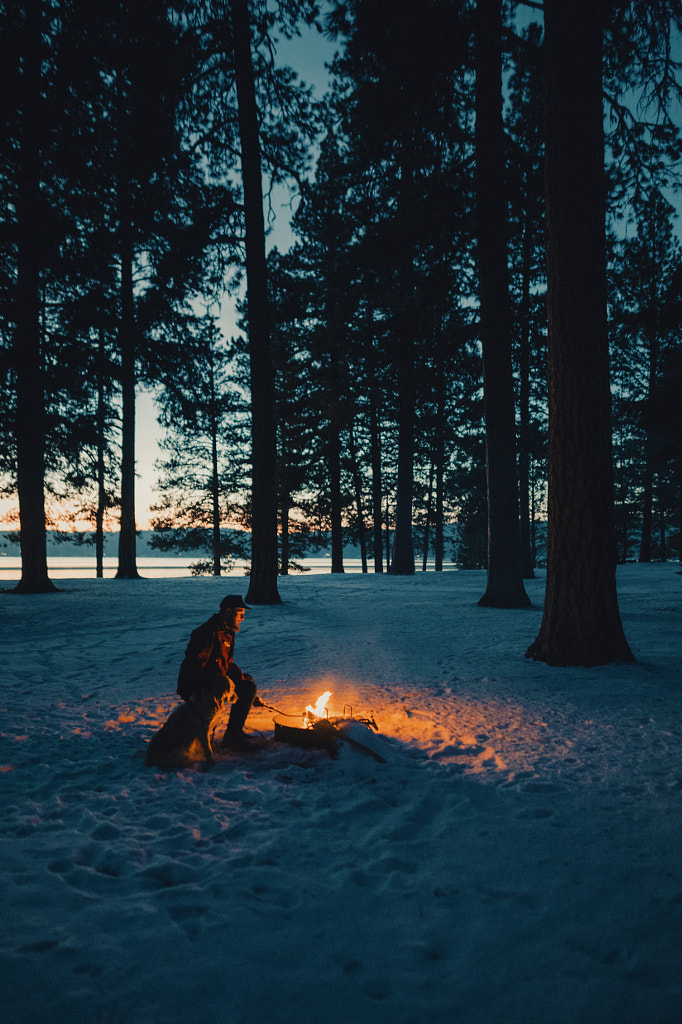
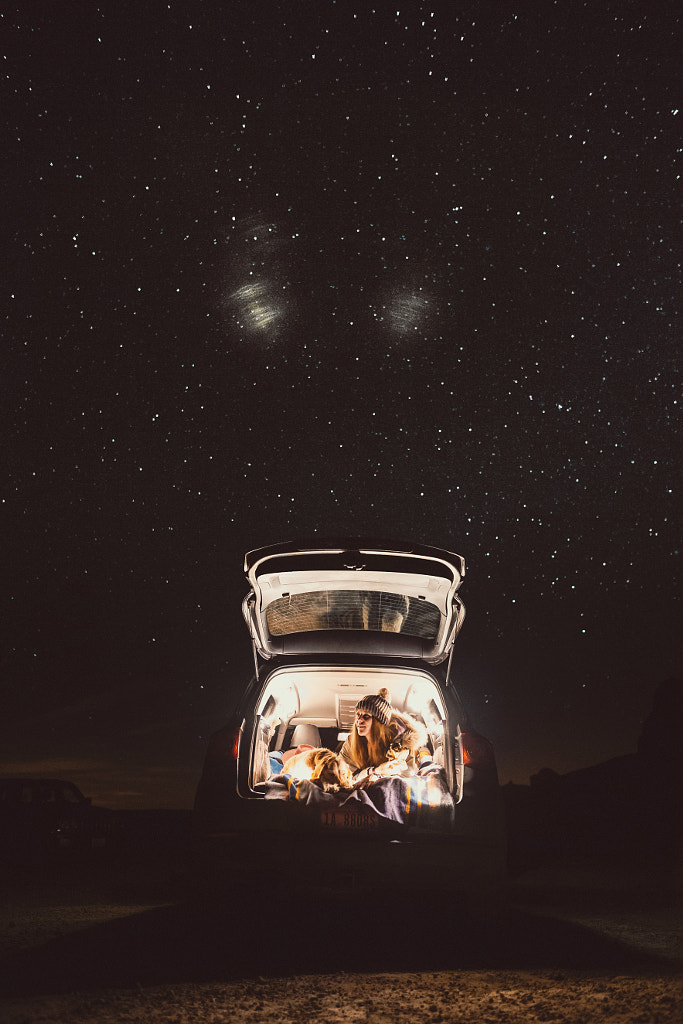
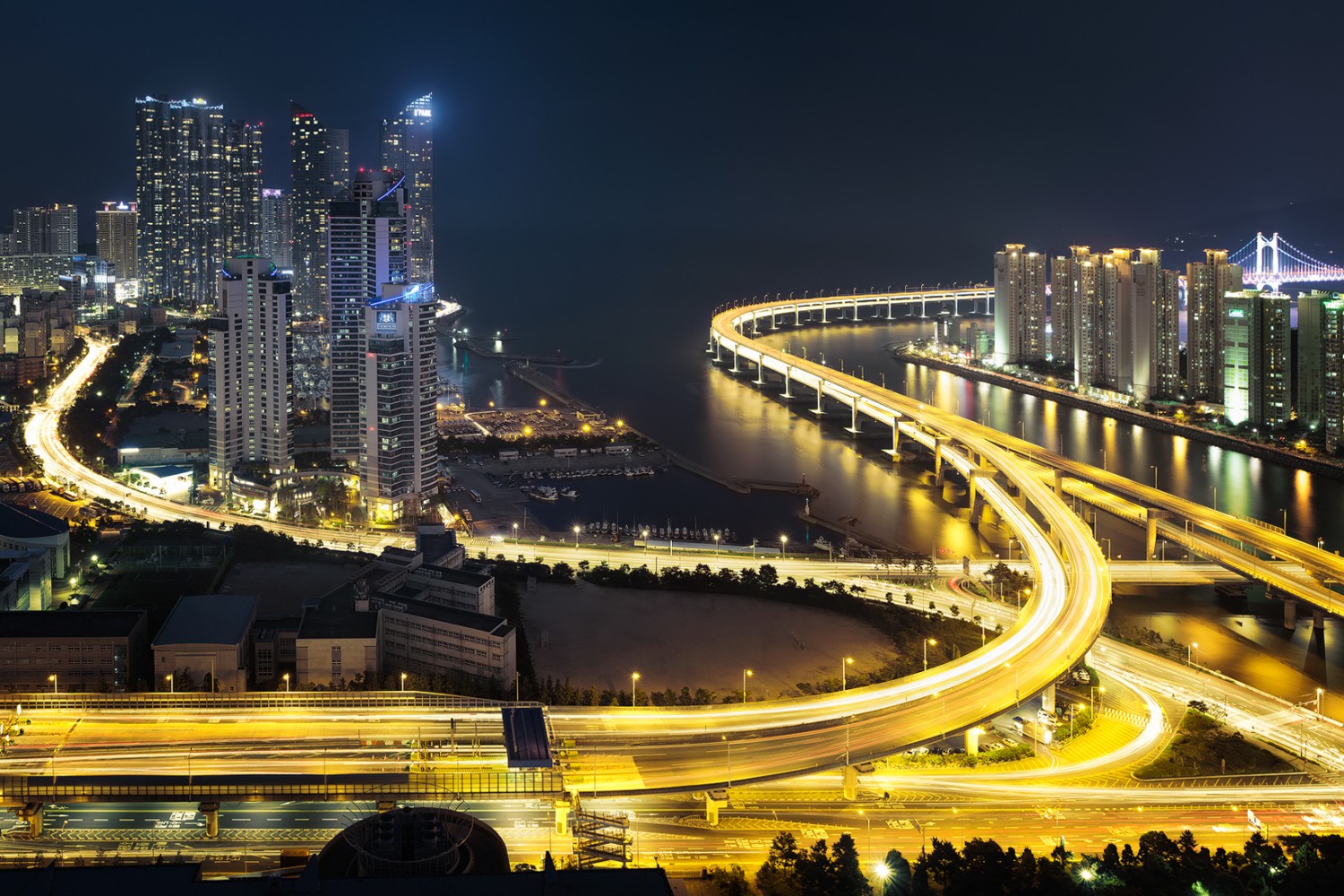


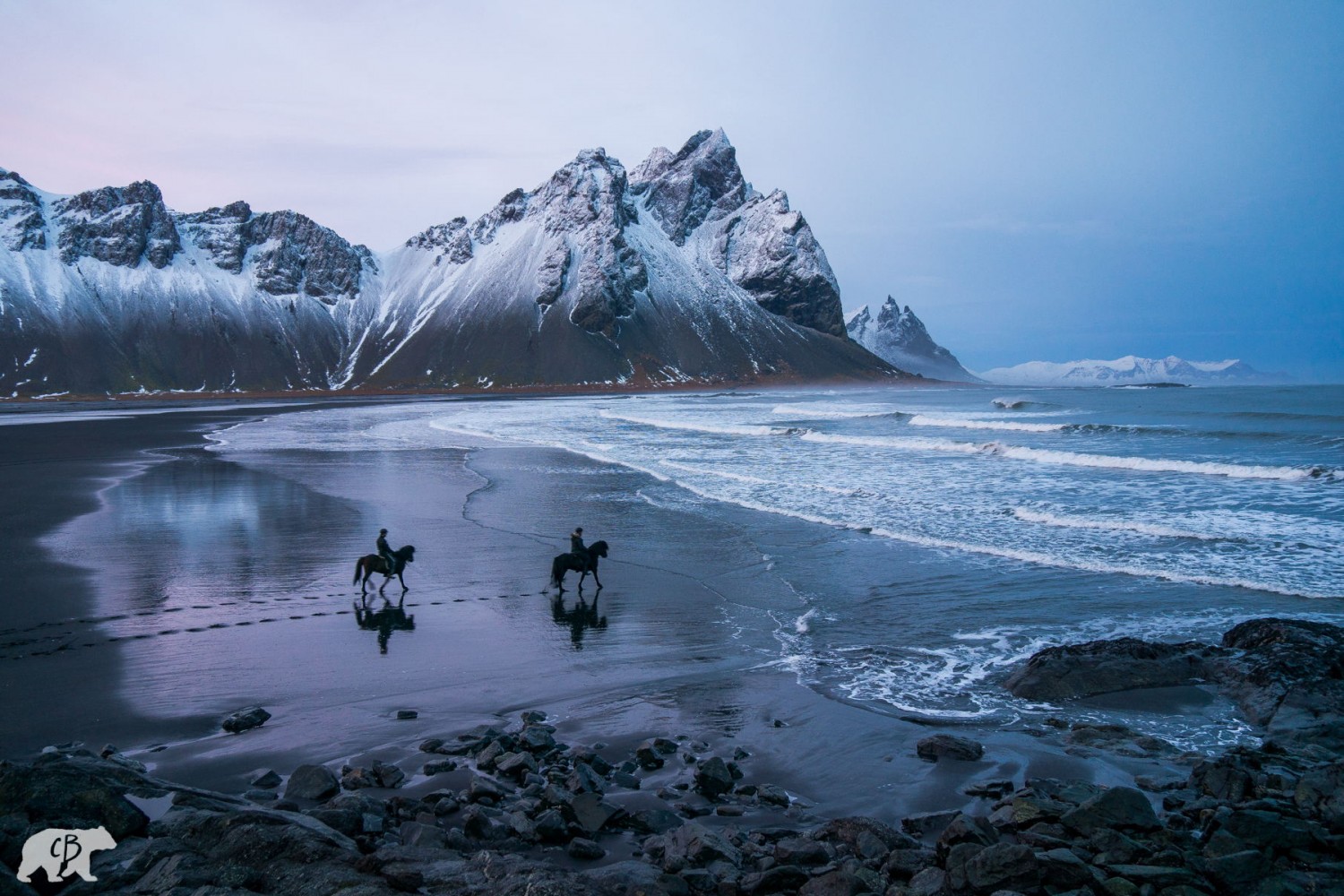
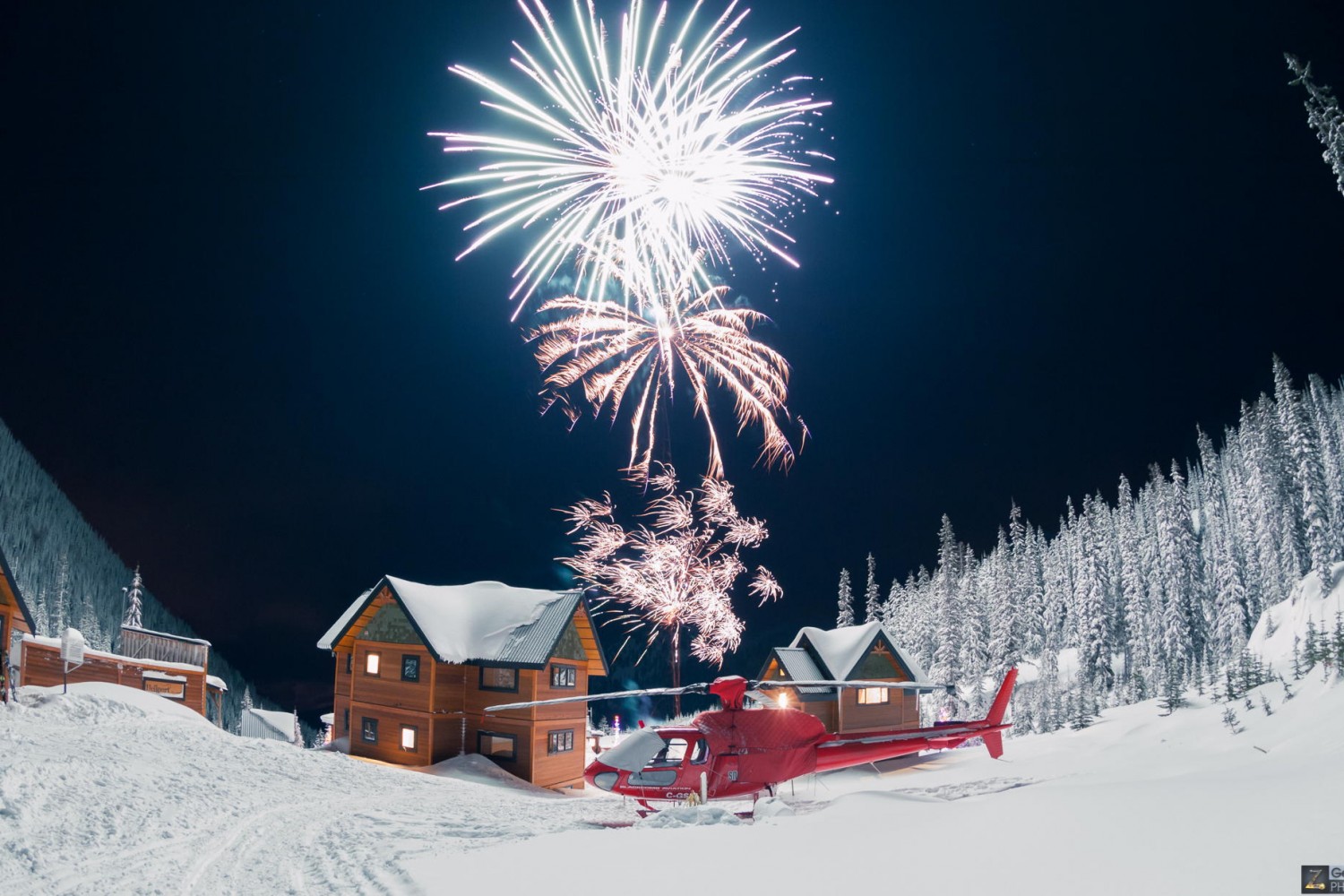
Leave a reply